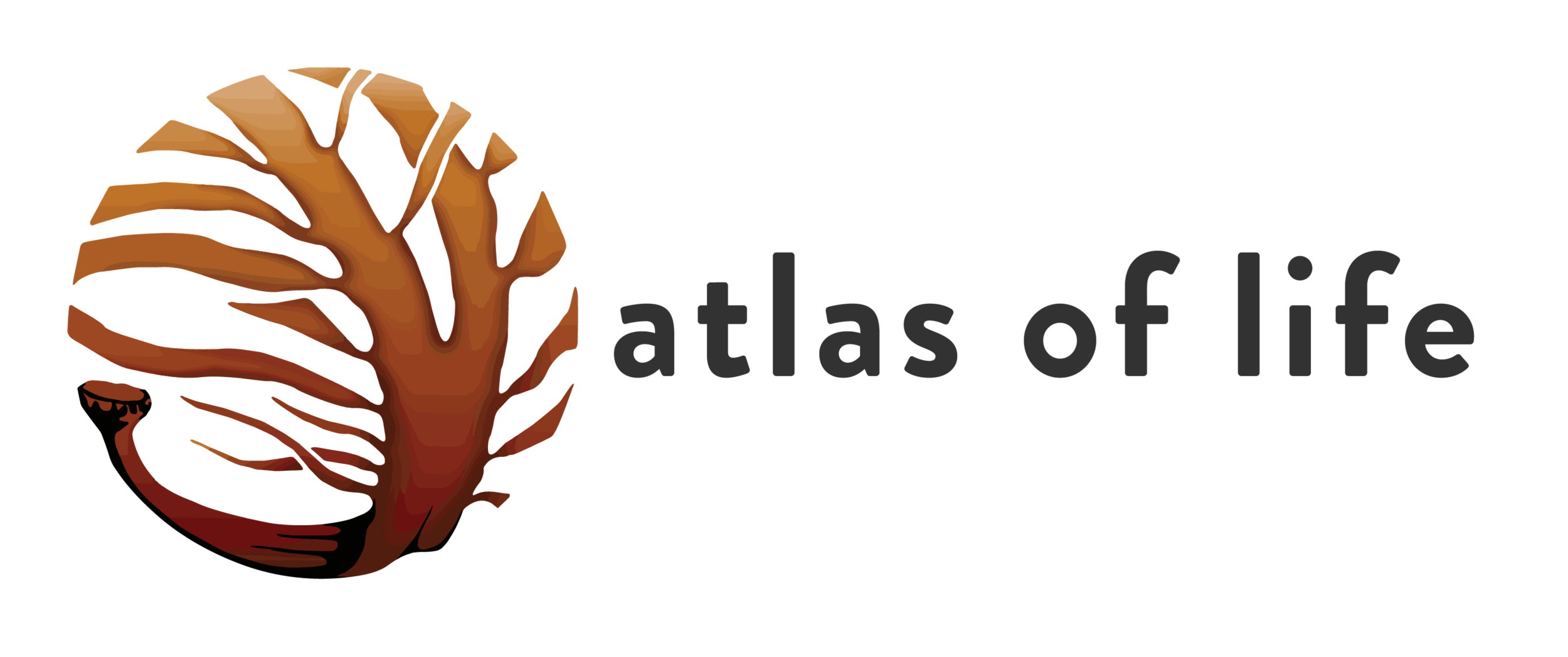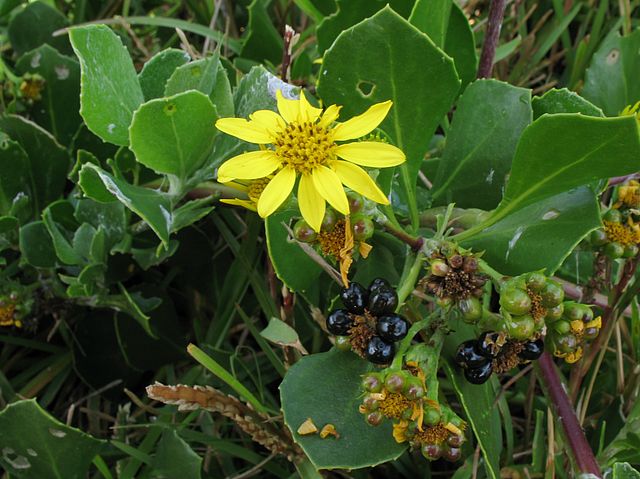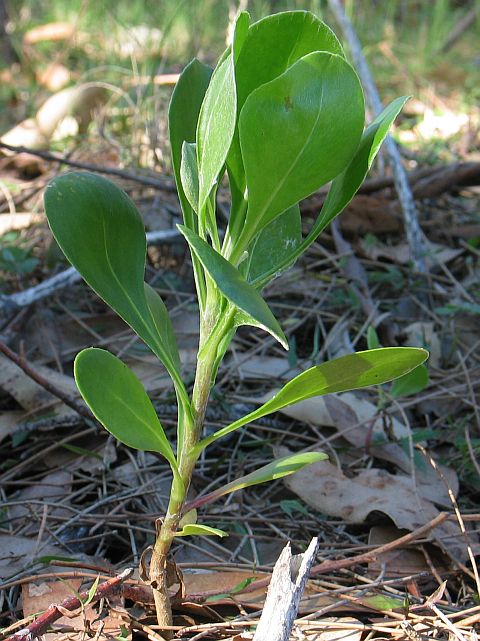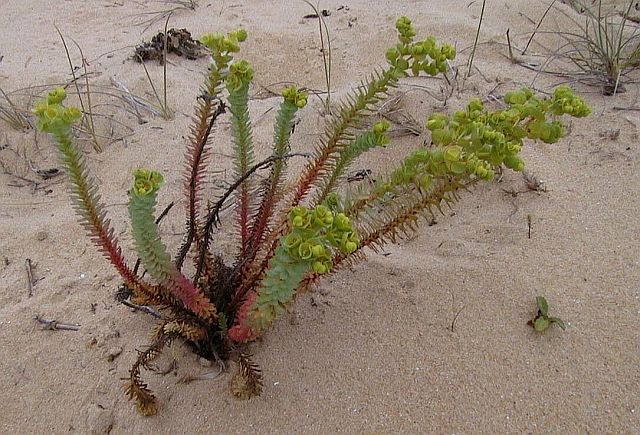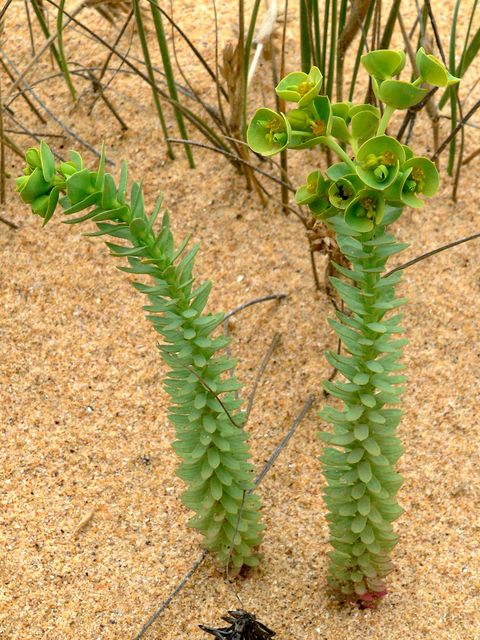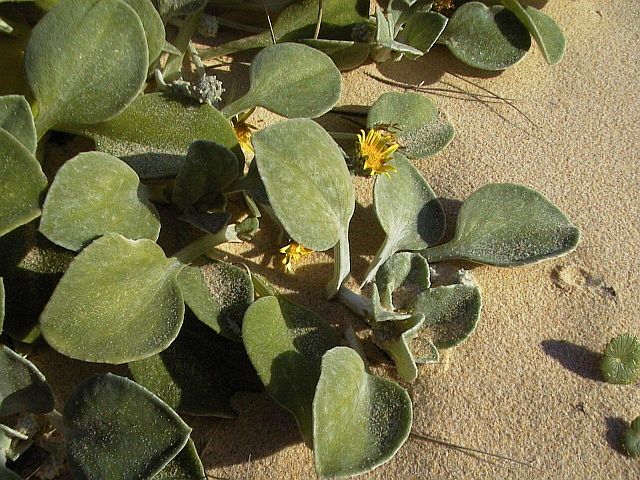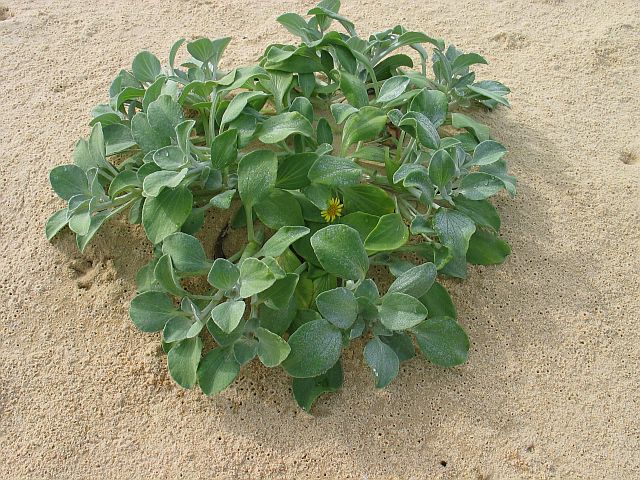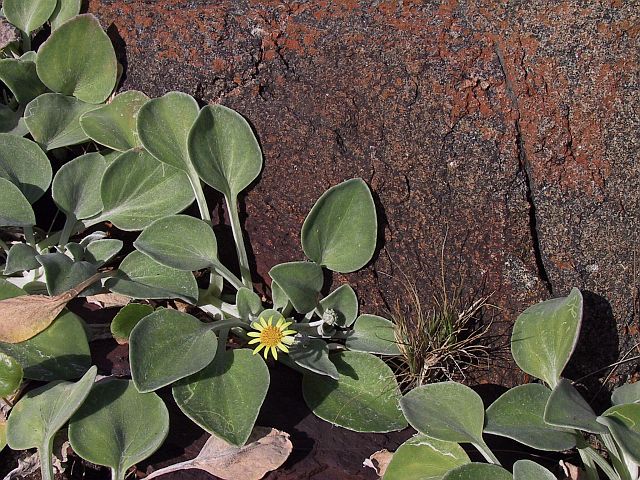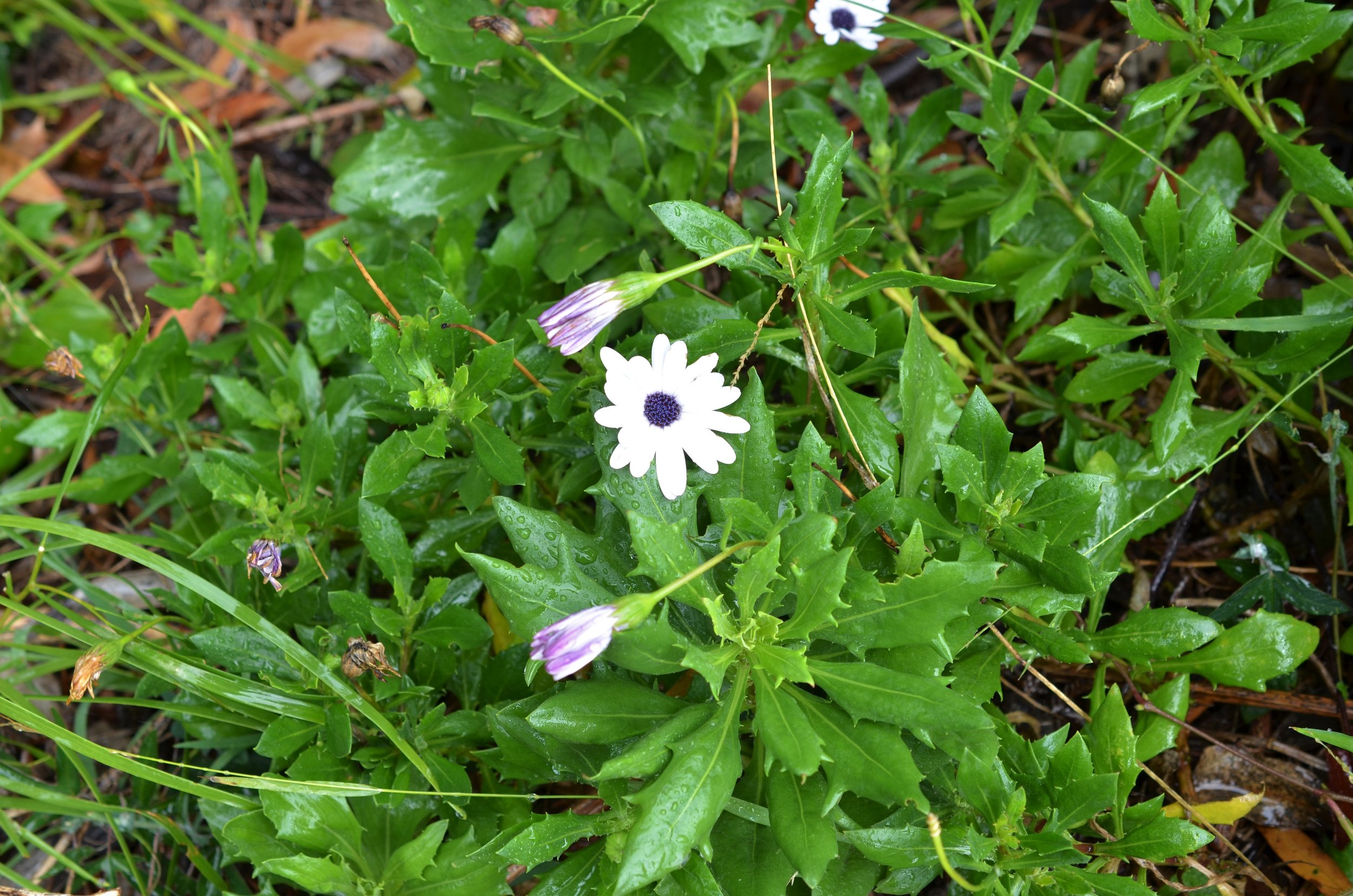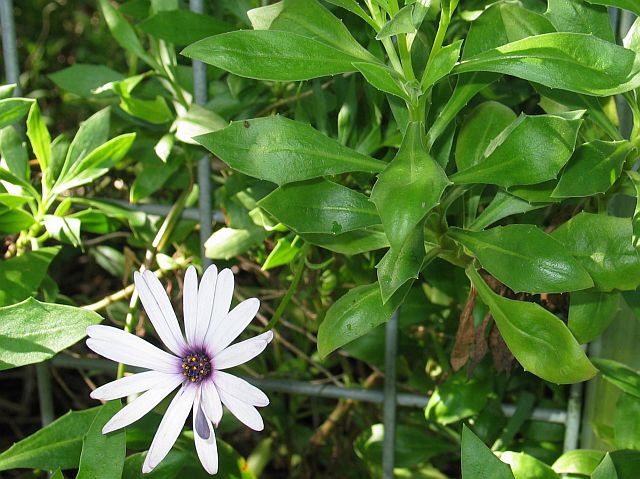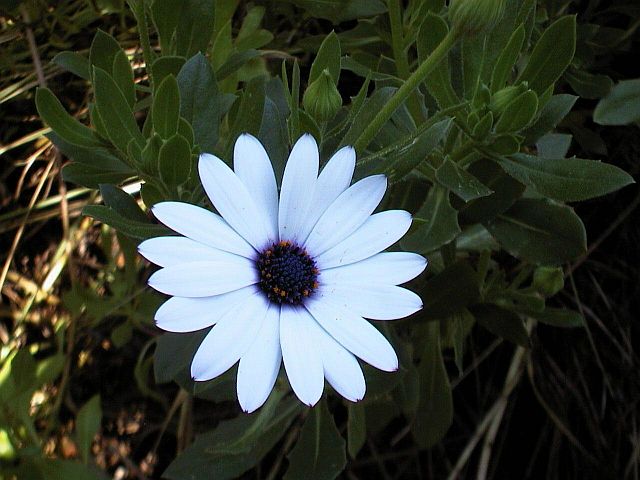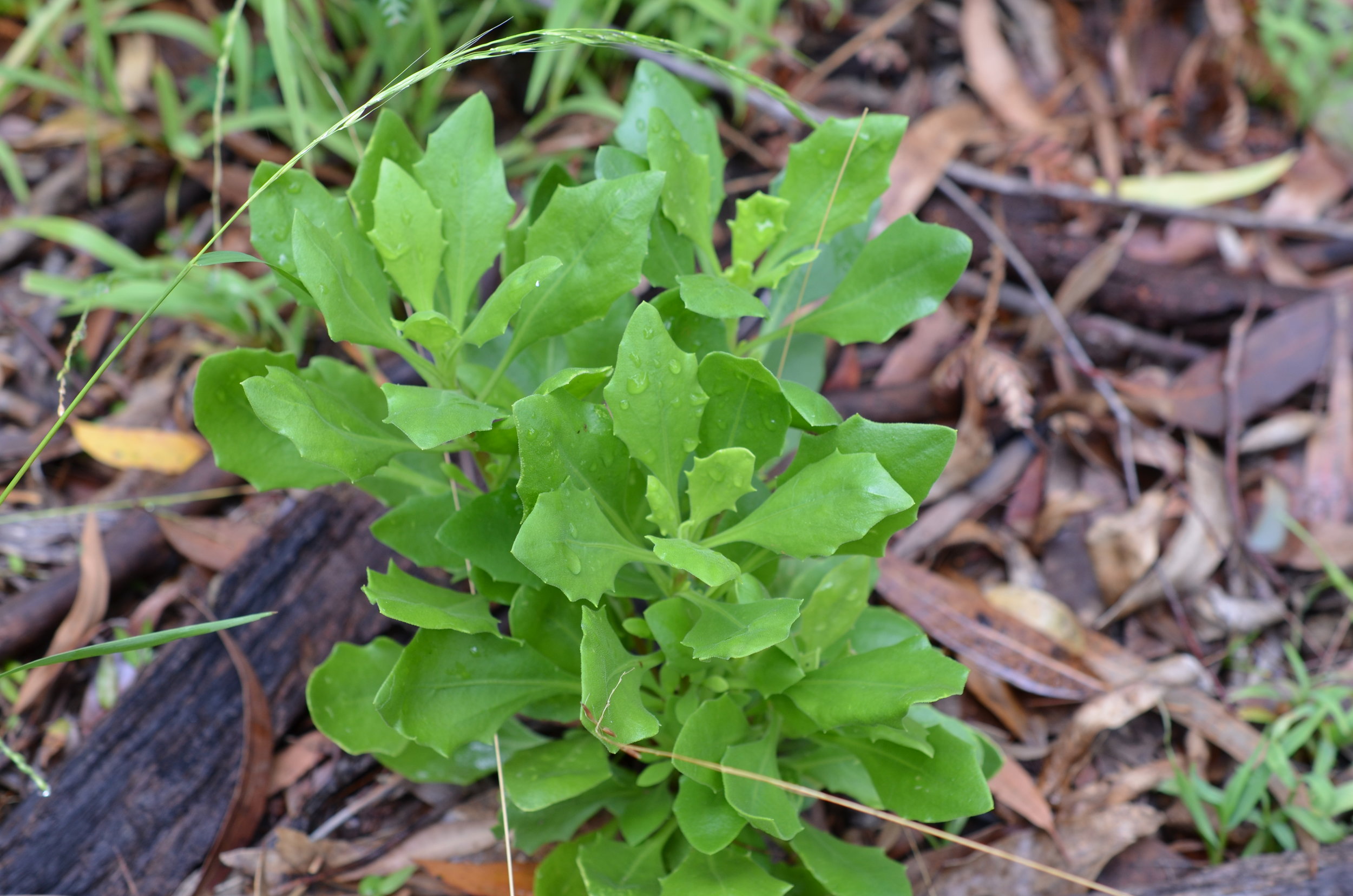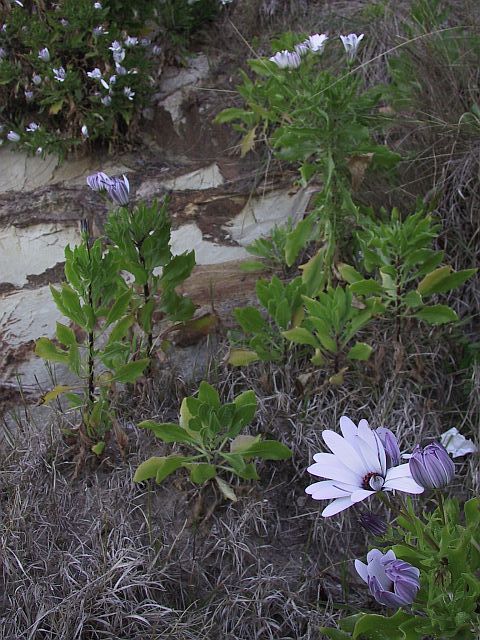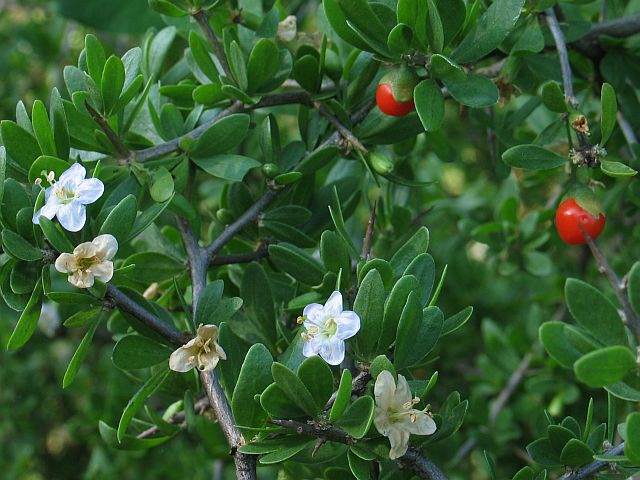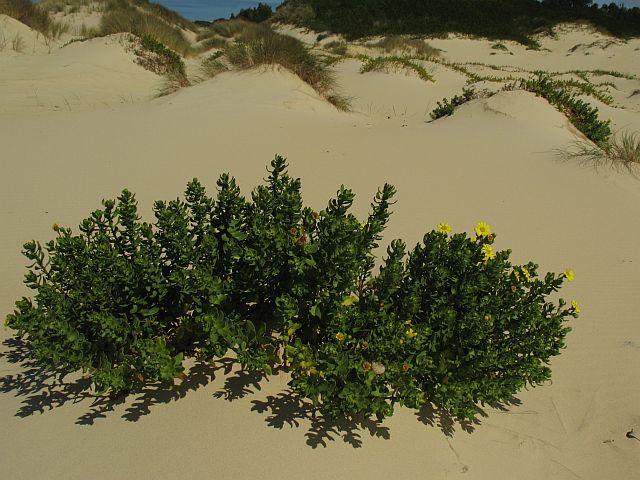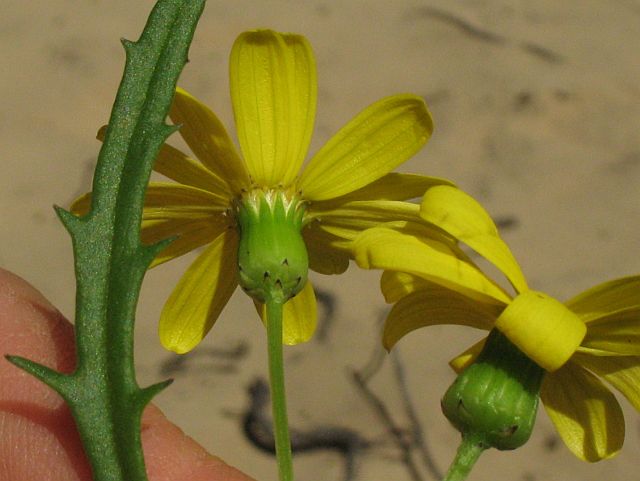special project
Beach Weeds
The natural, relatively unspoilt beauty of our south coast beaches is widely recognised. Residents take pride in their local beaches, and many visitors are drawn to the region because of the clean, wild and undeveloped character of the coastline.
Beachgoers play a vital role in keeping beach ecosystems intact
There are several invasive plant species which, if unchecked, will quickly degrade the beach environment and threaten the survival of native species.
Protect the beach environment by reporting weed plants on inaturalist
The Big Four
Bitou Bush, Sea Spurge, Beach Daisy and African/Cape Daisy are all quite recognisable. And they all grow on the beach, either in the dunes, the foredunes, or - in the case of Beach Daisy - on the beach front itself!
For many years now, these weeds have been targeted in the long-standing 'Coastal Weeds' Project of the Far South Coast. If we all continue to work together, there is real hope that these weeds can be effectively managed into the future.
other beach weeds
For other weed species - such as Lantana and Polygala - the management approach will vary by site. Where the plant has not yet established on the beach or dunes, it might be possible to control it. In other places, unfortunately, the battle may have already been lost. We ask you to report these species too, particularly if you see them in places where they appear to be new beach invaders!
What should I do when I see a weed?
Simply take some photos, including photos of the leaves and flowers (if present). Take photos from above and from the side. Photos which show the size of the plants are also helpful. Also, take note of the location, an estimate of the number of plants, and their height.
NOW REPORT YOUR SIGHTINGS on iNaturalist!
Should I remove the plants?
If there are a small number of small plants such as Sea Spurge or Beach Daisy, you might like to remove them. If you do, please look for seed and if any is present or if you are unsure, place the plant in a plastic bag and remove it from the beach. If you do remove the plants, please note this in the comments field when you record your sighting.
NOTE: It is important that you only remove plants if you are confident in their identification. It is also important to take precautions in handling Sea Spurge, as the sap can be toxic and damaging to your eyes. More information is available on the OEH 'NSW Weeds' website
These are NOT weeds!
If you are unsure about the identity of the plant, record your sighting but please don't remove it. It might be a native species! One of our coastal weed experts will check the identification on iNaturalist and then share their knowledge with you.
Senecio species are particularly tricky. Here are two native 'yellow daisies' (Senecio spathulatus and Senecio pinnatifolias) that might be mistaken for the weed species 'Fireweed' (Senecio madagascariensis).
Senecio spathulatus - a native species
Senecio pinnatifolias - a native species
Fireweed (left) and a native Senecio (right)
Report but don't remove Senecio species. If you think it's Fireweed, please report it. If the Beach Weeds project results in lots of native species sightings being reported, that is a bonus!
What happens to the recorded sightings data?
When a beach weed is reported on iNaturalist, the Coastal Weeds team will receive an alert. They will be able to view your photos, confirm the identification, follow up with you if they need more information – and then use this knowledge to direct their Coastal Weeds Team to the site during their next Autumn or Spring sweep.
The Coastal Weeds Project
The Coastal Weeds Project has been underway for more than a decade. It is a wonderful example of what can be achieved when various agencies and individuals work together in a 'tenure-neutral' way. The Atlas of Life is proud to join in this collaborative effort.
The near-pristine nature of Far South Coast beaches is in large part due to the efforts of the many people involved. Watch this excellent video to learn more:
By reporting your weed sightings to this Atlas of Life Beach Weeds project, we can all help the Coastal Weeds Team to continue their outstanding work.
Stuart Cameron removing Beach Daisy from a Far South Coast beach (photo courtesy of FSC Landcare)
The Beach Weeds Project is grateful for the assistance of Jackie Miles and Max Campbell in supplying local photos of both native and weed species.
